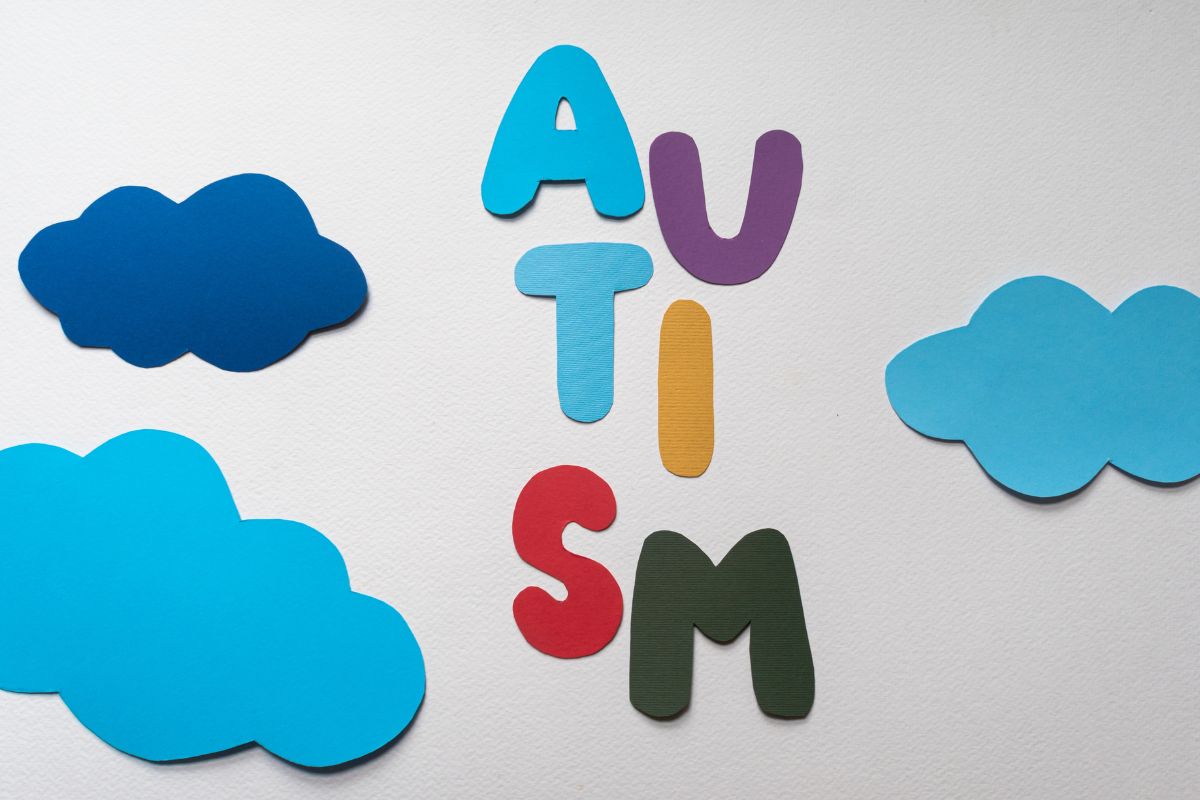What Causes Autism?
According to research, autism frequently runs in families. Changes in specific genes increase autism risk in children. These gene alterations may be passed on to a child if one or more of the parents carries them (even if the parent does not have autism). Other times, early embryos or the sperm and egg that combine to form the embryo experience these genetic modifications. Once more, the bulk of these gene alterations does not result in autism on their own. They merely raise the disorder’s risk.
The term “autism” was initially used to characterize the condition in the 1940s, but until recently, little was understood about it. There is still a lot we don’t understand about autism.
There are likely numerous causes for autism, given the complexity of the condition and the fact that no two autistic individuals are alike. Additionally, it is likely that autism is the product of multiple factors rather than having one unique cause.
Changes In Brain Biology
How do these genetic and environmental factors cause autism? The majority appear to have an impact on key early brain development factors. Some seem to interfere with brain neurons’ ability to communicate with one another. Others appear to have an impact on interregional communication throughout the entire brain. In order to create therapies and supports that can enhance the quality of life, research is still being done to better understand these variations.
Also Read:
The Treatment for Autism
Autism has no known treatment. However, early intervention can significantly impact a kid with autism’s ability to develop. Inform your doctor as soon as possible if you believe your kid is exhibiting ASD symptoms.

One person’s solution might not be suitable for another. Your doctor should customize your or your child’s treatment. The two primary therapy modalities are:
- Medications to treat ASD symptoms such as anxiety, hyperactivity, and focus issues.
- To aid with structure and order, behavioral and communication treatment is used. One of these therapies is applied behavior analysis (ABA), which encourages desirable conduct while discouraging undesirable behavior. Occupational therapy can assist with everyday tasks including eating, dressing, and interacting with others. Someone with issues with touch, sight, or hearing may benefit from sensory integration treatment. Communication skills are improved with speech therapy.
Some autism sufferers may benefit from complementary therapies by improving their communication and learning abilities. Music, art, or animal therapy, such as horseback riding or even swimming with dolphins, are examples of complementary therapies.
Autism Diagnosis In Adults
For a number of reasons, seeking an ASD diagnosis as an adult can be difficult.
- People who did not obtain a diagnosis when they were younger could exhibit weaker symptoms that are more challenging to identify. These people occasionally may never receive a diagnosis.
- People may be better at hiding the symptoms and indicators if they have lived with ASD for some time.
- One of the popular adult diagnostic tests for autism, the ADOS-2, has been shown to be somewhat trustworthy by research. However, in order to recommend a patient for testing, a doctor must be able to identify the patient’s symptoms.
Experiencing Autism
Some adults with autism may find it challenging to live with ASD. They could have trouble interacting with others, become preoccupied with routines, or develop sensitivity to light or sound.
It’s possible for adults to experience many of the same symptoms that affect autistic youngsters. Adults who experience these symptoms, however, could find it challenging to lead autonomous, daily lives as a result.
According to a study on services and results for adults with autism, 27% of participants were unemployed. Additionally, compared to autistic children, autistic adults may have fewer options for support services. 25% of the autistic individuals in the same survey said they did not receive enough support services.


